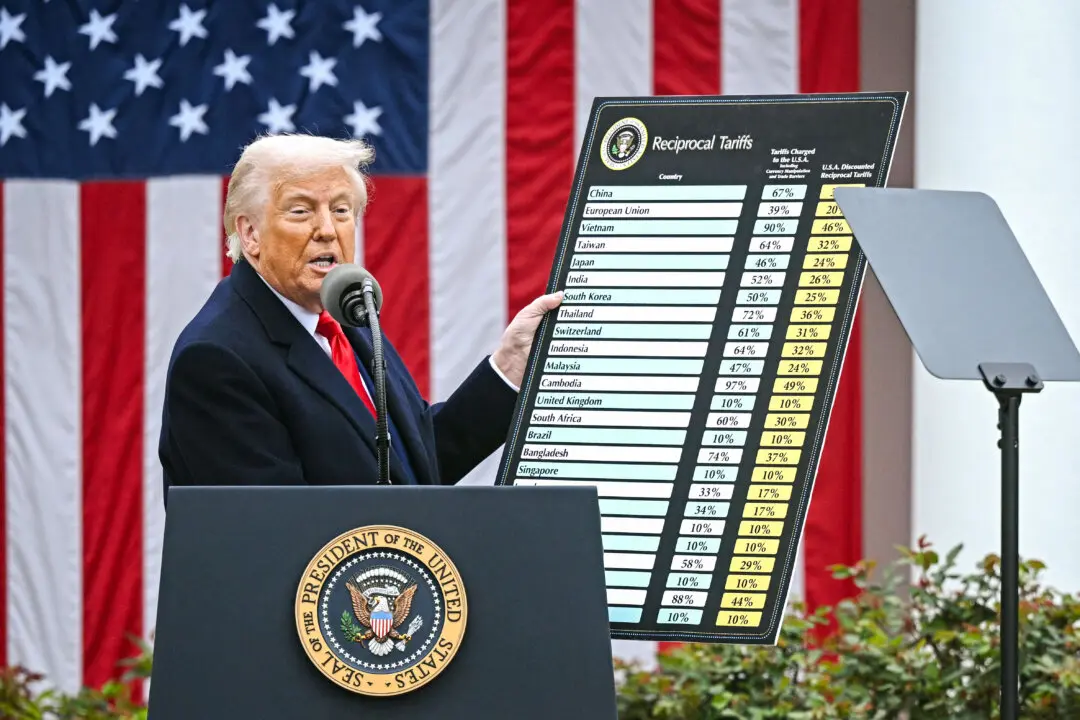A family claims to have healed their cavities by the method of oil pulling, the practice of swishing oil in one’s mouth for minutes at a time so as to allegedly pull toxins out of the body, which is not without some controversy.
Writing on the Family Health Freedom Network, an unknown author claims they “haven’t used toothpaste in over a year.” The person claims to have reduced their plaque “and made my teeth stronger. Within a month, all sensitivity I'd been experiencing in my lower molars was gone.”






